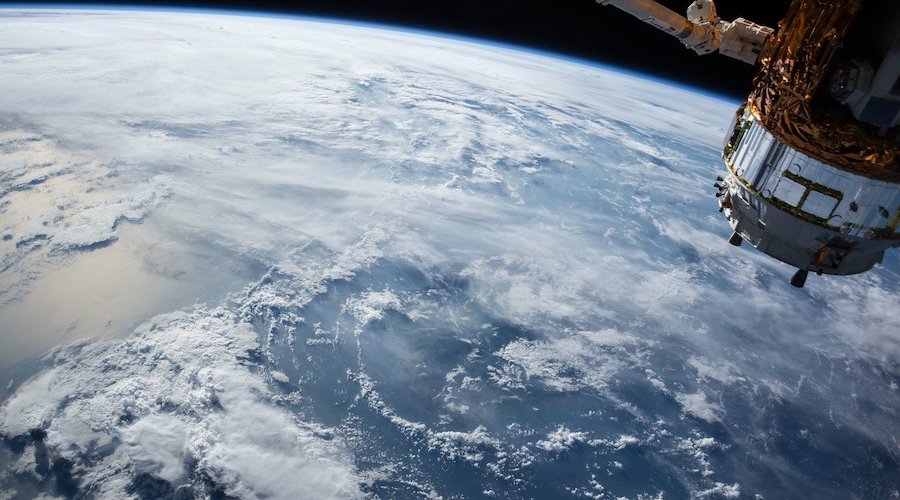How mining companies can leverage geospatial, satellite data refinery

The platform uses geospatial data and satellite imagery to provide data-based applications for mineral exploration and discovery and promises to increase hypothesis testing and the speed of the exploration lifecycle.
“Traditionally, remote sensing is carried out by specialists (remote sensing geologists) on behalf of the mineral exploration team. Although they still have a role in supporting the process, the Descartes Labs platform puts the technology into the hands of the exploration geologists who know the project areas the best. By leveraging the data obtained from satellite and airborne imagery, they can accelerate their hypothesis formulation and exploration strategies to find new deposits,” James Orsulak, senior director of business and sales at Descartes Labs, told MINING.COM.
MDC: Your platform puts emphasis on the data refinery. Can you explain this concept/application?
JO: Traditional remote sensing processes start with the collection of imagery over an area of interest from a satellite data archive. This selection of data can be laborious, as the geologist wants to select the best ‘no cloud’ and ‘low vegetation’ data to ensure they have the best possible geological information to work from. The data then needs to be corrected and balanced, so that interpreted results will be consistent across the area. Finally, the data is ready for processing and can generate specific data products for interpretation.
Descartes Labs streamlines this process for its users significantly through the use of our data refinery, which includes global coverage for the entire archive of most of the satellite-borne datasets that are of interest to our clients.
MDC: How can mining companies leverage this data refinery process?
JO: In addition to constructing the data refinery, Descartes Labs has built a method and algorithms to select the ‘barest-earth’ pixel for each of the ASTER and Sentinel-2 datasets, which are colloquially known as the workhorses of mineral exploration.
This methodology, which is unique to Descartes Labs, results in the creation of bare-earth composites with global coverage and a fused bare earth composite with both Sentinel-2 and ASTER data, which provides higher density spectral coverage and improved mineral mapping results.
All of the bare earth composites are corrected, mosaiced and ready to use over any site that a company might be interested in examining. Furthermore, once a company has established a workflow, generated the data products, and established a methodology that they find works well for the deposit-type and alteration suite they are interested in, it is simple to clone and repeat that workflow in another, new area of interest.
MDC: How can space-based AI modelling and satellite imagery lead to more rapid exploration and discovery of minerals?
JO: The strength of machine learning and AI is associated with the ability to combine and integrate disparate sources of data in new and previously untried ways.
A good example of how this can be done in mineral exploration is through the mineral prospectivity process. While there are many ways this can be done, one of the options is to use information from known sources (training data as derived alteration signatures over known deposits of a selected type) and use this to predict the location of potential new deposits. Input data to this analysis is often governed by prior exploration campaigns but may include geophysics, geochemistry, geological mapping, surface assays, structural geology, and regolith mapping. Descartes Labs makes it possible to easily integrate remote sensing into this type of analysis, as well as take advantage of the latest developments in data integration capabilities and machine learning algorithms.
MDC: How can geoscience teams leverage remote sensing data sets?
JO: All of the key satellite-based remote sensing datasets used in mineral exploration are on the Descartes Labs platform and ready for clients to use and explore wherever their interests may be, globally. Most of the larger mining companies also have an archive of other proprietary data they have acquired, such as high-resolution WorldView-3 or VNIR-SWIR / TIR hyperspectral airborne data. All of this data can be ingested and managed on the Descartes Labs platform, which gives customers granular access and control of remote sensing products they bring to the platform. This enables the rapid creation and iteration of derivatives created on the platform via secure programmatic and graphical user interfaces.
This brings previously inaccessible data to their fingertips and results in rapid advances to their exploration workflows, which maximizes the probability of a new, major discovery.




